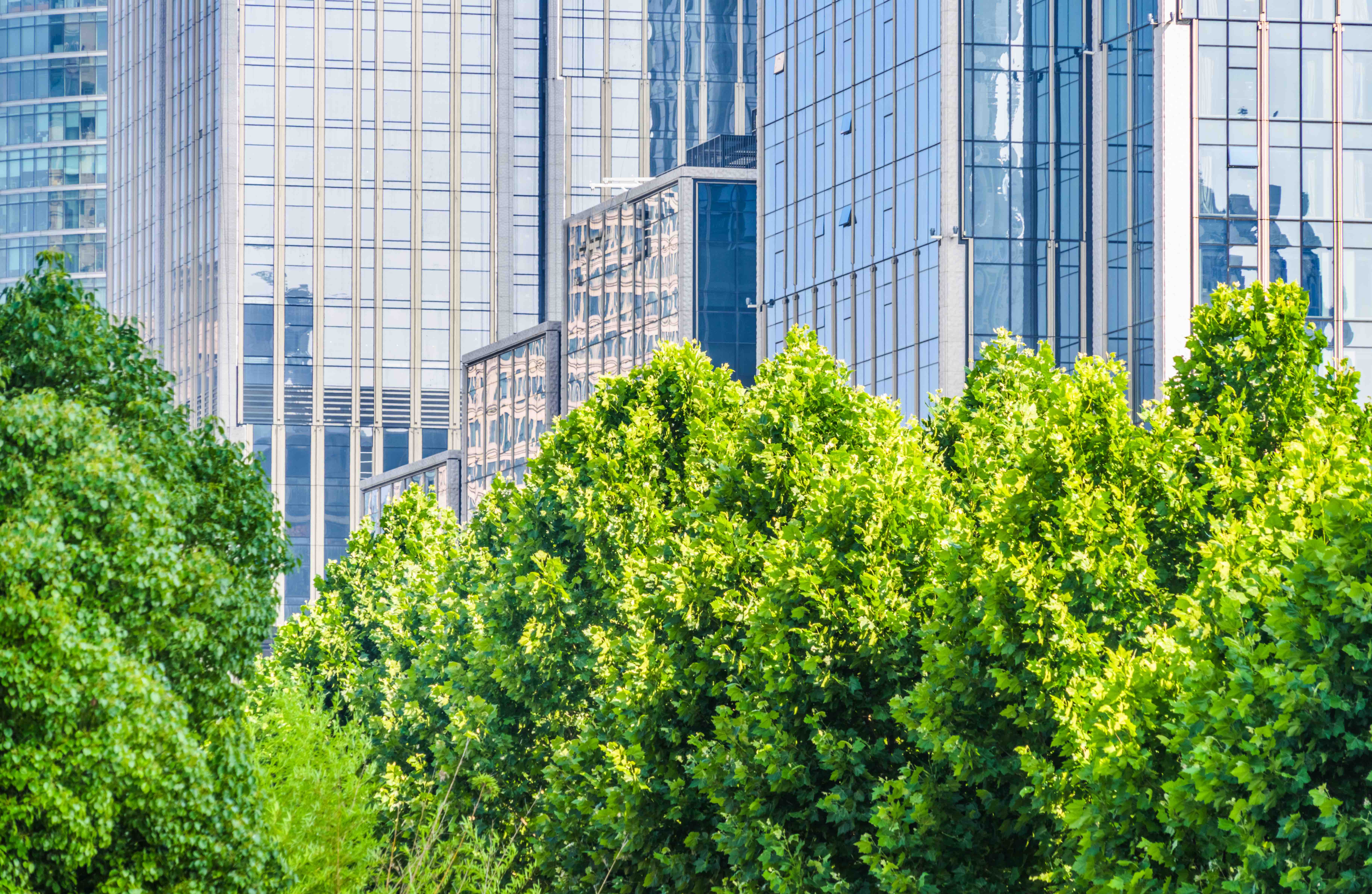
Protecting our thirsty urban trees from more harsh summers

Urban forests are great for keeping our cities cool, but as temperatures go up they need water to survive - and that’s where redirecting storm water to street trees comes in
Published 3 October 2018
With increasing heat in the Pacific Ocean making our weather both more variable and more powerful, the likelihood of a dry, hot El Nino summer is on the rise.
And it means our urban trees are going to be thirsty.

But now, a new approach that uses water sensitive urban design (WSUD) is helping combat the harsh effects of climate change on the health of our city trees.
And it’s a crucial collaboration between researchers, urban planners, engineers and local councils that is helping make it a reality.
Our urban forests
Urban forests aren’t the same as wilderness forests – all the green space in our cities including trees, shrubs and ground cover is part of the ‘urban forest’.

Associate Professor Stephen Livesley from the School of Ecosystem and Forest Sciences at the University of Melbourne, says urban trees are not only the lungs of our cities, but they also provide a wealth of health benefits to people living around them.
“They cool us down, reduce air pollution and contribute to our mental and physical health,” says Dr Livesley.
“They also constitute habitats for birds and help maintain biodiversity.”
Water sensitive urban design uses biofiltration systems that cleans stormwater runoff before it enters our waterways. Integrating trees into these systems is a win-win, as they can improve water retention in the biofiltration systems and redirect stormwater to thirsty trees, which ultimately contributes to a healthier urban forest.
Dr Livesley says that urban trees will experience harsher conditions in the coming years as we feel the effects of increasing temperatures, so it’s now more important than ever to integrate these new design systems so our urban forest thrives.

“The challenge is maintaining and growing the urban forest under the climate change and urban densification that we know is going to happen in the future,” says Dr Livesley.
And the solutions don’t have to be high tech.
Catching a storm
Vaughn Grey, a Master of Philosophy student at the University of Melbourne, worked with Dr Livesley, stormwater expert Professor Tim Fletcher and plant biologist Dr Chris Szota to design a simple system where holes are cut into the curb on the side of the road to allow stormwater to flow directly to tree roots.

Environment
Saving stormwater with a veggie raingarden
The team found that trees planted in pits fed by stormwater grew at two times the rate of trees planted without any stormwater control measure.
“We showed that you can grow trees at twice the rate when planted in water sensitive urban design systems” says Dr Livesley.
This research is now being applied in the real world.
The City of Melbourne is exploring different water sensitive urban design systems and is looking at implementing them for tree systems in and around the new Metro train stations in Melbourne’s CBD to help them reach their canopy cover and water-use targets.
Dr Livesley says this serves as an example to other municipalities of how collaboration with water sensitive urban design researchers and practitioners can yield great benefits for the urban forest and the city overall.
Supporting green change
To assist councils and urban planners, Dr Szota is developing a water sensitive urban design tool kit that can be applied to real world scenarios. He says all roads, minor or large, can be engineered and constructed to capture stormwater.

But, there are challenges with moving and storing stormwater in dense urban landscapes, because it has to compete for space with other underground services like gas, telecommunications and other stormwater infrastructure.
Dr Szota is focusing on how to improve understanding of the potential of water sensitive urban design among professionals from a variety of fields.
“For instance, engineers have been taught for thousands of years to get the water away from the road, to protect the city’s infrastructure,” he says.

Environment
Retrofitting suburbia
“We need to understand why they’re taking up what we’re suggesting and how we can communicate that the risk from storing stormwater can be easily managed. My next strategy is risk management.”
Learning for a green future
Another key element in growing our urban forest with available stormwater is education.
Later this year, the first Australian School of Urban Forestry opens at the University of Melbourne in close collaboration with the City of Melbourne.
According to Associate Professor John Rayner, who helped develop the School’s curriculum, it’s designed to challenge urban forest professionals – getting them to think about where they are now and where they might go in the future.
Encouraging local government institutions to support urban forests is another challenge.
Crucial to getting urban forests to thrive and survive through challenging summer conditions is convincing local governments that water sensitive urban designs are worth the financial investment.

“More thought and a little more money needs to be spent on planting trees for a future urban forest, because just digging a hole in the asphalt and popping a tree in does not guarantee that tree’s survival,” says Dr Livesley.
He says this highlights the importance of communicating ideas and collaborating across disciplines. Ecologists, plant physiologists, engineers, urban planners and landscape architects should all come together to communicate the challenges and develop solutions.
And that, says Dr Rayner, means we need to look to the future.
“We genuinely want to see better and more urban forests and this means turning theory into a reality.”
The Australian School of Urban Forestry is opening at the University of Melbourne in November. Professionals across disciplines can complete a short course that aims to create a platform for transdisciplinary change by fostering a unified understanding about urban trees and green space.
Banner image: Shutterstock



